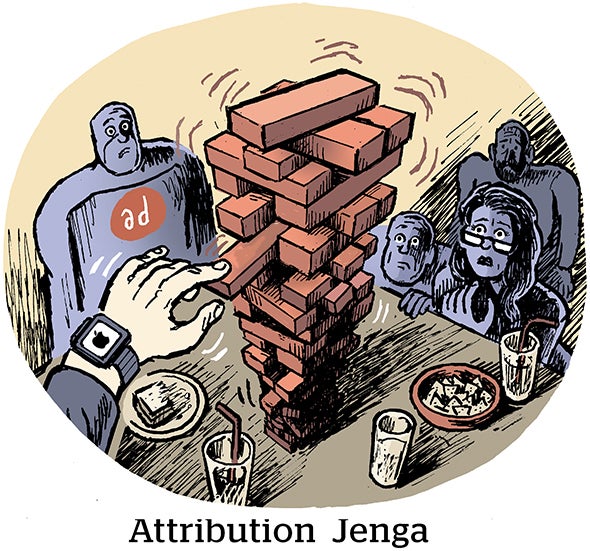IT’S POSSIBLE FOR a company to show increases in both revenue and its customer base and still have a poor retention program.
That’s the opinion of Carla E. McEachern, senior consultant at Nykamp Consulting Group in Chicago, who touts the benefits of retention: comparatively low cost (generally one-fifth the price of customer acquisition), and loyalty industry consultant Frederick Reichheld’s theory that a 5% gain in retention can result in an 80% hike in profits.
But healthy retention figures can mask disturbing trends in an individual’s profitability. Rather than looking at changes in the net number of consumers, McEachern feels each household, business or customer should be mined for changes in behavior, or value to a company.
Retention analysis should track the changes in customers’ dollar value, as opposed to simply looking at the number of customers at a given starting point and the number of those customers still with the company at a “snapshot” point.
Another factor snapshot analysis may overlook is a change in frequency of interaction. Such a change may not necessarily be a reduction in use or purchase. In the case of some cellular telephone companies, increased activity-which quickly uses up an allocation of free minutes- may be an indication that a customer has made a switch to a competitor’s plan, as can lower terms on successive renewals or declining cross-sales attributed to a given customer.
McEachern gave a presentation this summer at the National Center for Database Marketing conference in Seattle.



